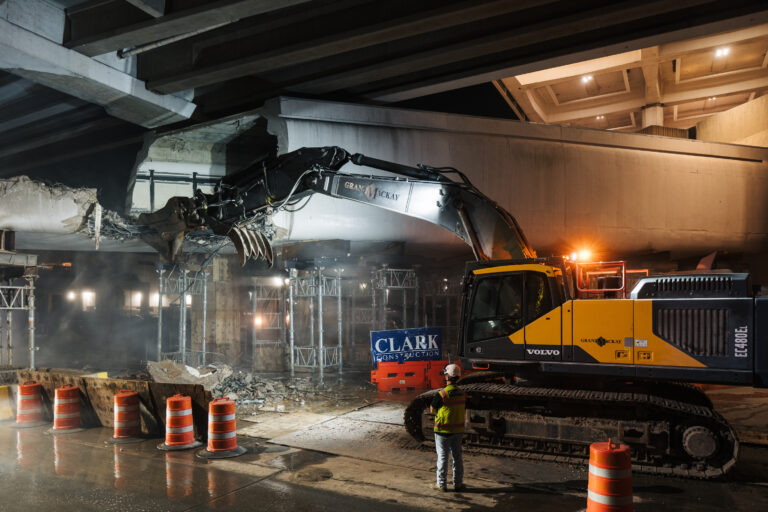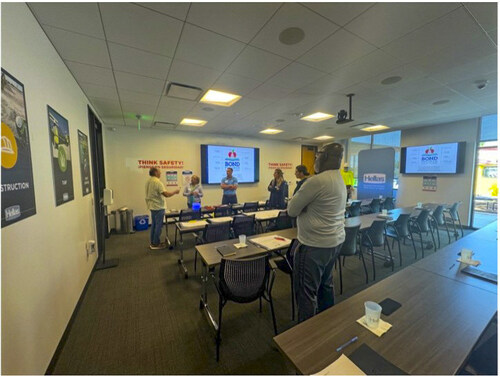
By Richard Nira, Texas A&M University College of Architecture
Landscape architecture students whose projects tackle pressing environmental issues in Texas earned awards for their work from the Texas Society of Landscape Architects. They will receive their honors at the 2022 TxASLA conference in San Antonio.
Two student projects earned awards of excellence: “Healing Houston,” by undergraduates Kaylin Slaughter, Macy McGlamery, Camryn Galvan, and Kyra Chandler, and “Evaluation of Galveston Dike Performance in Multiple Storm Scenarios,” by Ph.D. in Urban and Regional Sciences student Zhenhang Cai.
Three projects earned merit awards: “Space Ark City: Design for Rapid Sea Level Rise Adaptation,” by undergraduates Walter Segovia and Ashley Hodde; “Geodesign Games for Adaptive Futures,” by undergraduates Walter Segovia, Abimbola Olodore, Alexandra Welsh, Reiss Pleasant, Roger Hill, Katelyn Robeson, and Madeleine Shay, and “Pipe Dream: An Adaptive Green Infrastructure Model,” by Master of Landscape Architecture student Tianyi Wang.
Students representing three of the Department of Landscape Architecture and urban planning’s degree programs were honored by the contest jury.
The Bachelor of Landscape Architecture program is consistently ranked among the top landscape architecture programs in the country. The program ranked 11th in the nation in DesignIntelligence’s 2019–2020 “Most Admired Landscape Architecture Schools,” and has been consistently ranked within the top 10 landscape architecture programs in the last decade.
The Master of Landscape Architecture program has been training entry-level professional landscape architects since 1958. As part of a research institution, masters’ students experience how research impacts design. Because research methods are woven into the graduate curriculum, students learn important concepts about research that is relevant to professional practice.
The Ph.D. in Urban & Regional Sciences program is one of the largest in the country, with the most diverse range of research topics available. Because of our size, students work with their peers on similar projects. Ph.D students are mentored by a faculty member from the start of the program. They’re paired based on similar research interests, and work closely with their mentor throughout the program.
Source: Texas A&M University College of Architecture







